Ways to Make the Workplace More Inclusive for Minorities
- Angela Novelli
- Dec 7, 2022
- 2 min read
Updated: Jan 31, 2024

Over the years, we have come a long way toward making our world a more inclusive and welcoming one for disabled individuals, but most companies could still do a better job of creating a more inclusive workplace for employees with disabilities. As a minority, women-owned business, Sedna understands the challenges people with disabilities may find in the workplace, so the team always advocates for fostering a transparent, diverse and inclusive company culture where everyone, regardless of employee or client, is equitably offered opportunities and resources. And our team wants to share some steps a company can take to create a more comfortable workplace for everyone.
Expand hiring opportunities to people with disabilities
Lots of employers overlook the recruiting process that could expand employment opportunities for the disabled. A national survey released in 2017 found that only 27% of respondents have partnered with a disability organization to recruit workers. While two-thirds of respondents said that their organizations have policies to provide requested accommodations to workers with disabilities, specific practices regarding finding more qualified candidates with disabilities are lacking. To address this discrepancy, it is suggested that employers could actively engage with disabled communities — they can partner with local universities and organizations to place job listings there.
Provide mentorship opportunities for disabled workers
People with disabilities may be excluded from relationship-building in the workplace, which is discomforting. Companies should try to develop a supportive environment, and create connections that dismantle boundaries. There are various advantages of ensuring that disabled employees are represented on both the mentor and mentee sides of the equation. For instance, it makes it easier for employees at all levels who are able-bodied to interact with their disabled colleagues. It emphasizes that people with disabilities have the capabilities to perform their jobs, to learn, and progress within your business, just like everyone else, and that they have knowledge to impart. Of course, another perk is that all of your employees can enjoy the advantages of mentoring.
Encourage disabled employees to join leadership positions
Over ages, ableism, prejudice, discrimination, and the fear of "appearing to be disabled" have influenced the work environment in our society. Business leaders should empower their disabled employees to take on leadership roles in any endeavor, and also develop training programs for assisting disabled workers to thrive. Also, in order to build trust within the disabled communities, business leaders should include disabled employees beyond disability-focused programs, and in all aspects of the organization, including funding, paying, and valuing lived experiences.
DEI is an ethos that acknowledges the value of diverse voices and centers inclusivity and employee wellbeing as central facets of success. To bring those values to life, companies must implement programs and initiatives that actively make their offices more diverse, equitable and inclusive spaces. At Sedna, we are committed to creating a more equitable work environment that strongly encourages and embraces diversity and inclusion in principles and practices.
Sources:





Comments